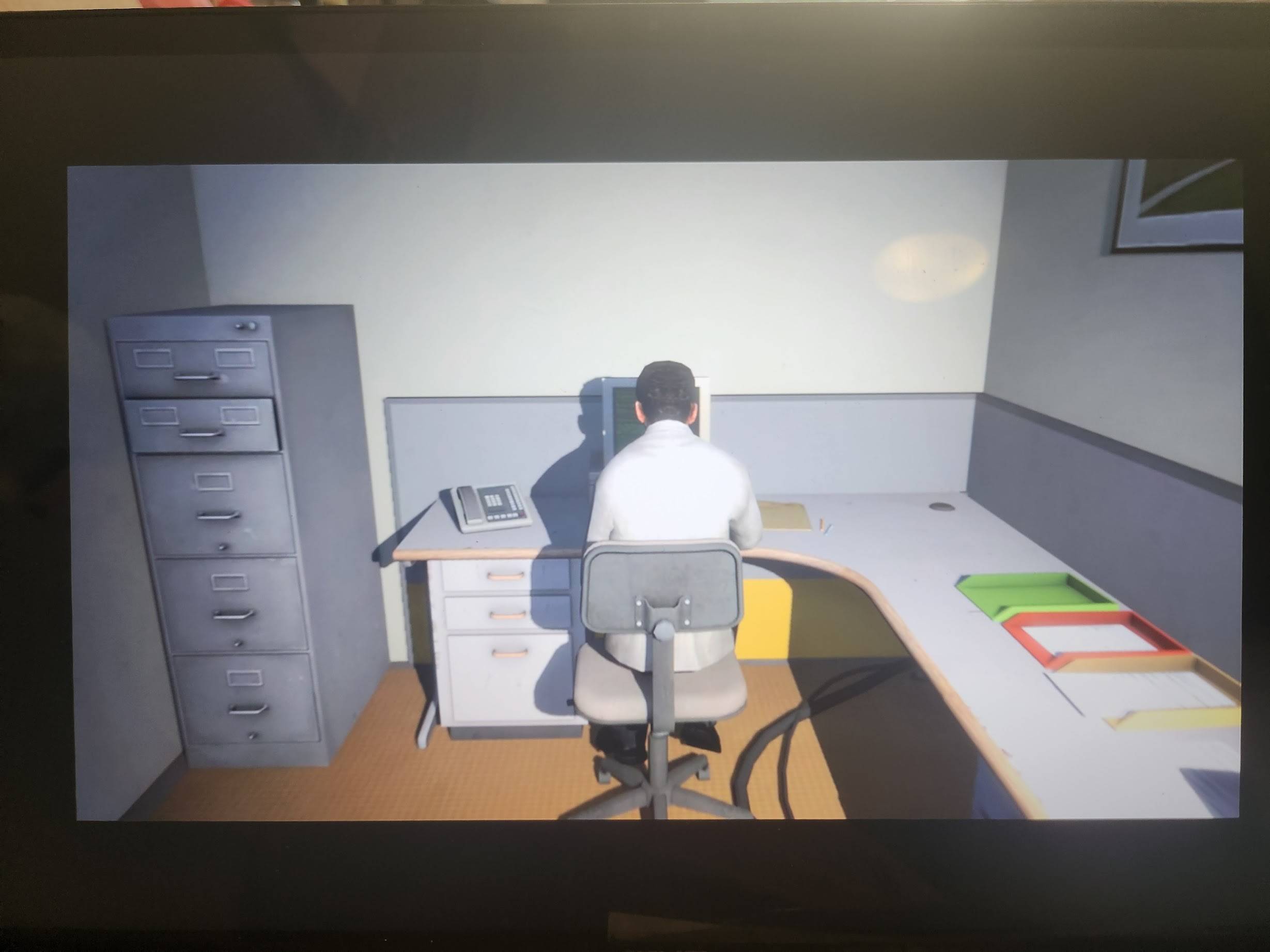“The Stanley Parable” is a walking simulator published by Galactic Cafe. It is available on PC and distributed through Steam. I noticed the tag “dynamic narration” on Steam, and that is exactly what this game is. “The Stanley Parable” uses walking as the primary storytelling mechanic, lending the player to discover the embedded narrative(s) of the game, and create an emergent narrative in the process. The game seems like a typical “choose your own adventure” storyline. However, the main mechanic of the game that sets it apart and drives gameplay forward is the fact that all choices matter. The game never fully restarts, every restart is informed by the path previously taken. The minimalist approach to all other mechanics (other than walking) focuses the player’s attention on the storyline being built ahead. Stanley Parable uses walking to give autonomy to the player, as per the self-determination theory, while setting the stage for player to build an emergent narrative from the already laid embedded narrative.
The game starts in Stanley’s office, with the narrator telling the player that everyone else in the office seems to have gone missing and the player needs to investigate. The premise of the game is straightforward and hints at a typical mystery narrative. The narrator starts as a witty but somewhat stoic persona that guides the player through the world. As gameplay progresses, the attitude of the narrator changes drastically, some restarts he’s depressed, some restarts he doesn’t want to play, some restarts the narrator changes entirely. The everchanging narrator is a key aspect of the embedded narrative. However, do we ever find out what that narrative is, or is uncovering the mystery not the true point of the game?

I have gotten to several of the different endings in the game, and one thing that struck me in all of them is how aware I had become of the emergent narrative. I stood in a broom closet for about 5 minutes, not because I thought I would uncover the mystery there, but because I had adopted the goal of pissing off the narrator. This was a particularly beautiful addition to the game. As players, we know that if we can interact with something, then it must be of interest. So making a door that leads to an “uninteresting” broom closet was a genius move in my opinion. This solidified for me that the designers meant for the game to hold an emergent narrative first and foremost. Similarly, in the ending where I die, the narrator kept begging me to not kill myself, that the story is not there, and that I would just die and get respawned. I still did it, mainly to spite him. I believed that the story is not there, but I was having more fun in the emergent narrative.

“The Stanley Parable” disguises itself as a mystery embedded narrative with a narrator, while I think it is primarily an emergent narrative arising from the dialogue between player and narrator. The limiting of autonomy to only the walking mechanic makes players hoard as much autonomy as possible. This game made me think about game design in not only an additive way, but a restrictive way. What would have happened if the player could interact with objects? Would I have stood in that closet mocking a narrator that cannot hear me? Probably not. Walking tells the story by being the only mechanic that players can exercise their autonomy in, leading to the emergent narrative that controls the game.




